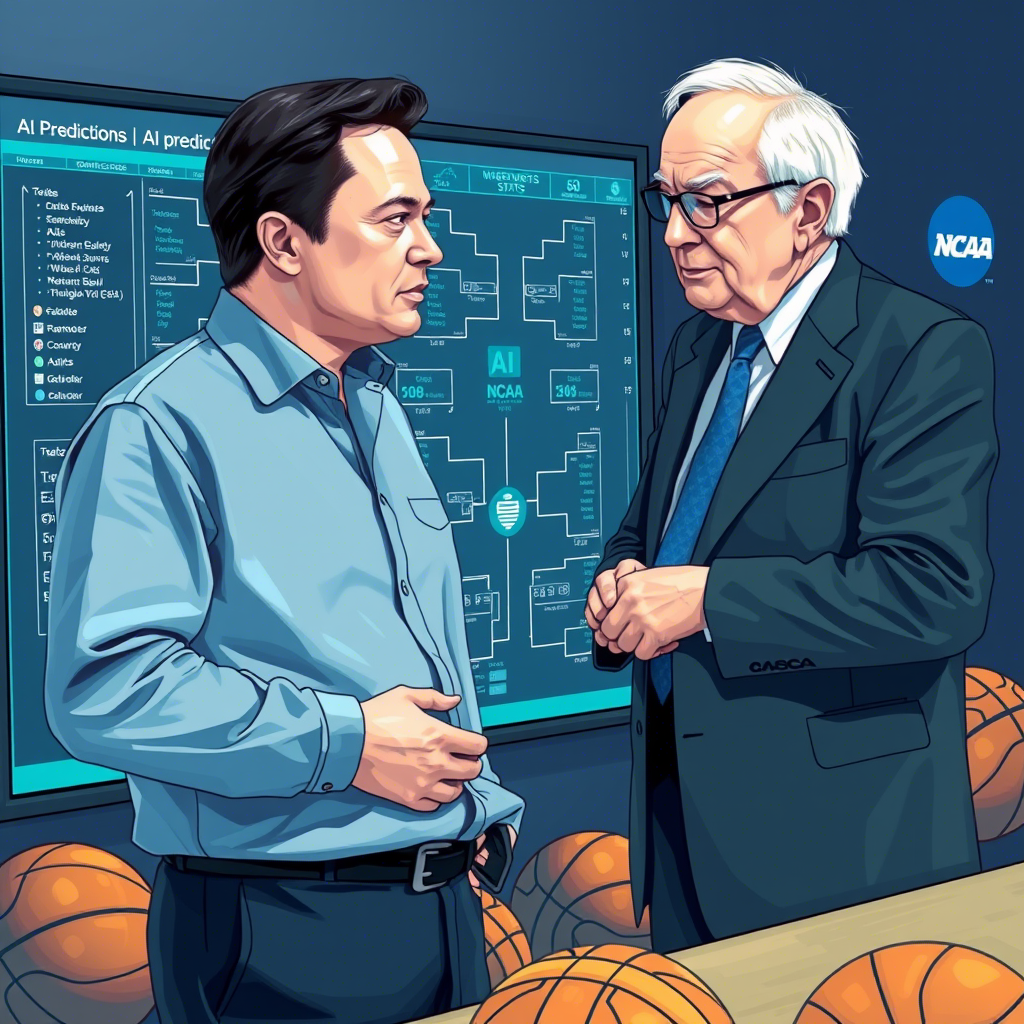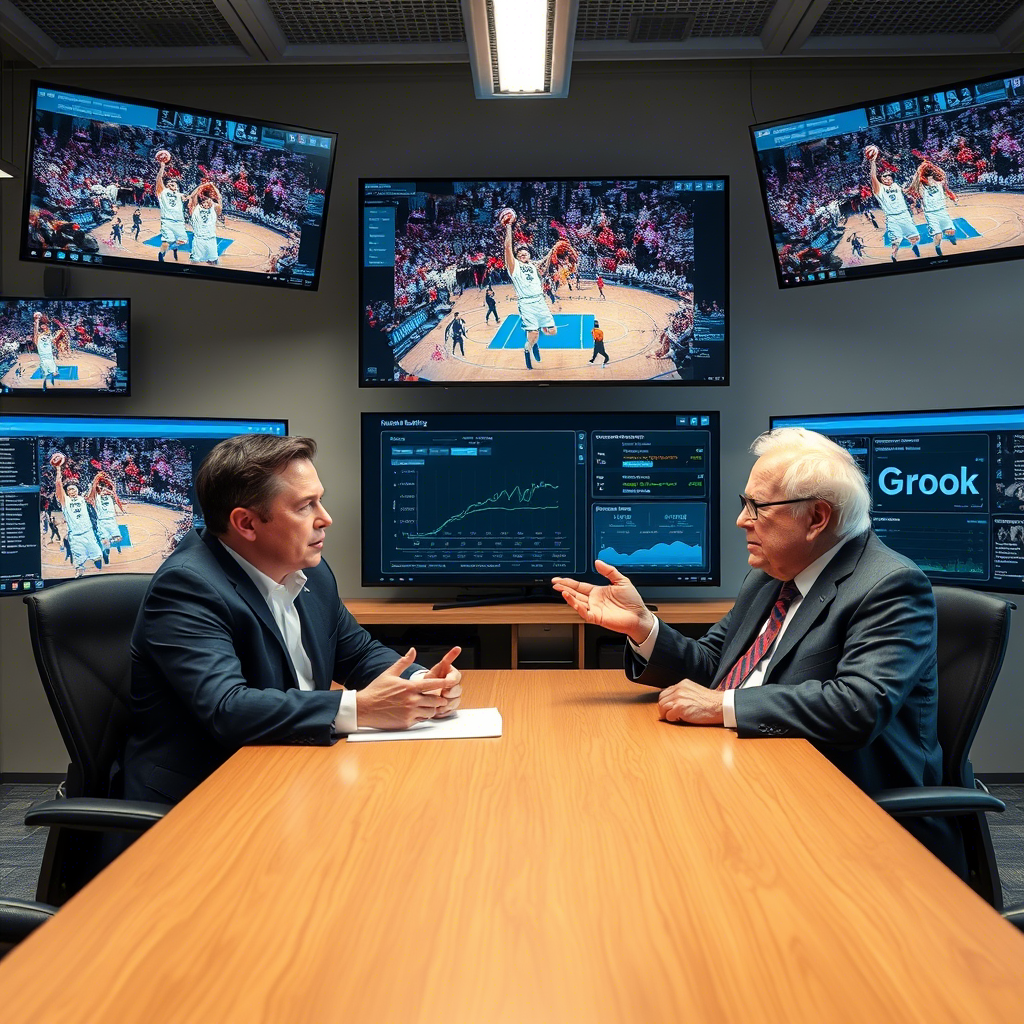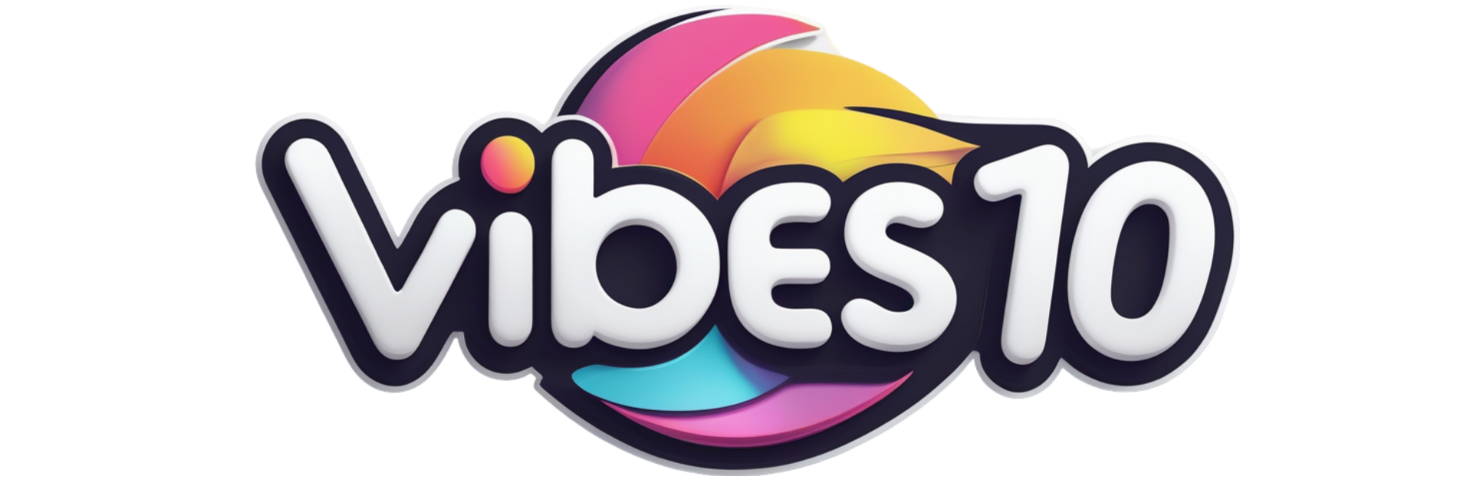Elon Musk Hints New Grok AI Could Beat Warren Buffett’s March Madness Bracket Challenge
In the ever-evolving world of artificial intelligence (AI), Elon Musk has once again made headlines with his bold claims about the capabilities of his latest venture, xAI. Recently, Musk hinted that Grok, an advanced AI model developed by his team at xAI, might have what it takes to outperform even legendary investor Warren Buffett in one of his most famous challenges: predicting a perfect NCAA Men’s Basketball Tournament bracket. This announcement has sparked widespread interest and debate among sports enthusiasts, tech experts, and financial gurus alike. In this article, we will explore the implications of Musk’s claim, delve into the intricacies of Warren Buffett’s March Madness challenge, and assess whether Grok truly possesses the potential to achieve such a feat.
The Origins of Warren Buffett’s Bracket Challenge
Warren Buffett, often referred to as the “Oracle of Omaha,” is renowned for his unparalleled success in the stock market. However, his influence extends beyond finance into popular culture through various initiatives, including the Berkshire Hathaway-sponsored “Billion Dollar Bracket Challenge.” First introduced in 2014, the challenge invites participants to predict every game winner in the NCAA Men’s Basketball Tournament—a 63-game single-elimination contest known colloquially as “March Madness.”
The rules are simple yet deceptively challenging: correctly predict all 63 games, and you win $1 billion. While no one has claimed the grand prize since its inception, the competition continues to attract millions of entrants annually. Even partial accuracy can earn contestants smaller cash rewards or other prizes. Despite the astronomical odds against achieving perfection—estimated at around 1 in 9.2 quintillion—Buffett’s challenge remains a testament to human ambition and optimism.
Enter Elon Musk and xAI
Elon Musk, the visionary entrepreneur behind companies like Tesla, SpaceX, Neuralink, and Twitter, has recently turned his attention toward AI development with the creation of xAI. Launched earlier this year, xAI aims to create cutting-edge AI models capable of tackling complex problems across multiple domains. One of their flagship products is Grok, a powerful language model designed to excel in reasoning, creativity, and problem-solving tasks.
Musk’s comments regarding Grok’s potential application in the March Madness bracket challenge came during a recent interview, where he joked that the AI might finally crack the code on Buffett’s seemingly insurmountable task. “If anyone can do it,” Musk quipped, “it’s probably Grok.” Although delivered lightheartedly, these remarks carry significant weight given Musk’s track record of transforming ambitious ideas into reality.
Can AI Predict Sports Outcomes?
To evaluate Musk’s claim, it’s essential to understand how AI systems approach predictive analytics in sports. At its core, predicting the outcome of sporting events involves analyzing vast amounts of data related to team performance, player statistics, historical trends, injuries, weather conditions, and more. Modern AI algorithms leverage machine learning techniques to identify patterns within this data, enabling them to make informed predictions.

However, there are several challenges inherent in using AI for sports forecasting:
- Uncertainty and Variability : Unlike structured datasets used in many AI applications, sports outcomes are influenced by countless unpredictable factors, from individual player performances to referee decisions.
- Small Sample Sizes : Compared to fields like healthcare or finance, which benefit from extensive datasets spanning decades, sports data often covers relatively short timeframes, limiting the ability of AI models to learn comprehensive patterns.
- Dynamic Nature of Competition : Teams and players evolve rapidly throughout a season, rendering past results less reliable indicators of future success.
Despite these hurdles, AI has already demonstrated impressive capabilities in sports analysis. For example, IBM’s Watson platform provides real-time insights during NBA games, while startups like Second Spectrum use computer vision to track player movements and generate detailed performance metrics. These advancements suggest that AI could indeed play a role in improving bracket predictions—but does Grok represent a quantum leap forward?
What Makes Grok Special?
Grok distinguishes itself from other AI models through its emphasis on reasoning and adaptability. Unlike traditional neural networks trained primarily on text data, Grok incorporates diverse sources of information, allowing it to draw connections between disparate fields. Its architecture enables multi-step logical deductions, making it particularly well-suited for tasks requiring nuanced decision-making.
For instance, when applied to March Madness prediction, Grok could analyze not only raw statistical data but also contextual factors such as coaching strategies, psychological profiles of key players, and external influences like travel schedules or fan support. By synthesizing this wide array of inputs, Grok may uncover hidden patterns that elude human analysts and simpler AI systems.
Moreover, Grok’s iterative design allows it to continuously refine its predictions based on new information. As the tournament progresses, the model can update its forecasts dynamically, adjusting probabilities in response to unexpected developments. This adaptability mirrors the fluid nature of competitive sports, potentially giving Grok an edge over static prediction methods.
Challenges Facing Grok
While Grok’s capabilities are undeniably impressive, several obstacles remain before it can realistically compete against Warren Buffett’s challenge:
- Odds Against Perfection : Even with state-of-the-art AI, the sheer improbability of selecting all 63 winners correctly cannot be overstated. Each incorrect prediction compounds exponentially, increasing the likelihood of failure.
- Data Limitations : No matter how sophisticated the algorithm, its effectiveness depends on the quality and quantity of available data. If critical variables go unmeasured or misreported, Grok’s predictions may suffer accordingly.
- Human Element : Sports are fundamentally human endeavors, subject to emotions, fatigue, and serendipity. Capturing these intangibles programmatically poses a formidable challenge for any AI system.
- Ethical Concerns : Widespread adoption of AI-driven sports predictions raises ethical questions about fairness, transparency, and the potential for exploitation. Ensuring responsible usage will require careful consideration moving forward.

Broader Implications
Beyond the specific context of March Madness, Musk’s assertion underscores broader trends shaping the intersection of AI and sports. As technology advances, we can expect increasingly precise analytics tools to inform everything from recruitment decisions to game strategy. Professional leagues may adopt similar technologies to enhance fan engagement, offering personalized recommendations or simulating alternate scenarios in real-time.
At the same time, the rise of AI in sports highlights growing concerns about job displacement and unequal access to resources. Coaches, scouts, and statisticians face uncertainty as automated solutions encroach upon their roles, while smaller teams struggle to keep pace with wealthier organizations investing heavily in cutting-edge technologies. Addressing these issues will require thoughtful collaboration between stakeholders to ensure equitable distribution of benefits.
Conclusion
Elon Musk’s suggestion that Grok AI could beat Warren Buffett’s March Madness bracket challenge represents both a tantalizing possibility and a reminder of AI’s limitations. While current evidence suggests Grok boasts remarkable abilities in pattern recognition and adaptive reasoning, overcoming the immense odds associated with perfect prediction remains a monumental task. Nevertheless, the mere prospect of such achievement reflects rapid progress in AI research and development, fueling excitement about future innovations.

